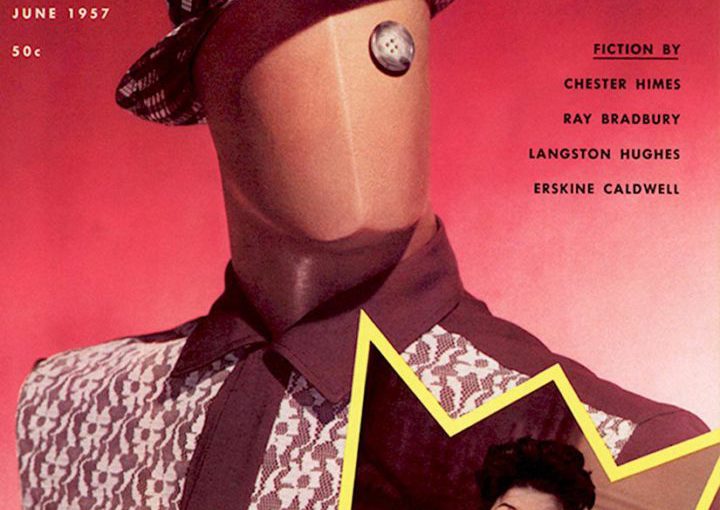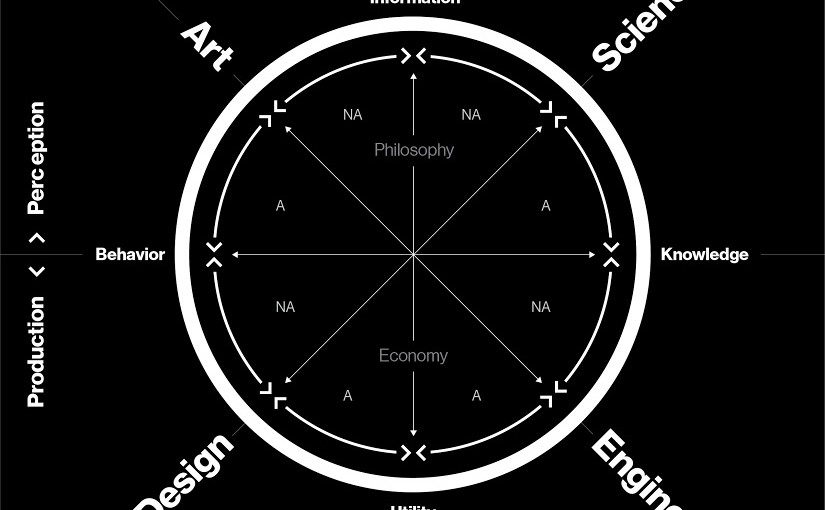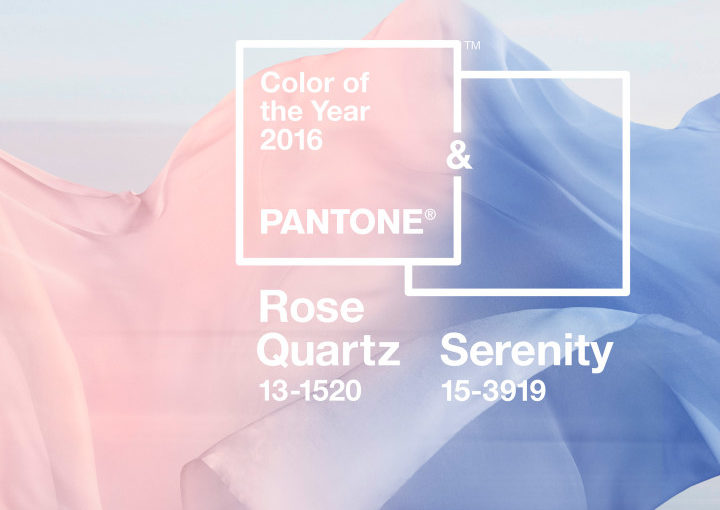The good news for those who read Playboy for its articles is that those pesky porn pics are now gone. The bad news, of course, is: no more cartoons! A 62-year heritage that saw the likes of Jack Cole, Shel Silverstein, Harvey Kurtzman, and Gahan Wilson is no more, as the ranks of mass magazine feature illustrations continue to dissipate. Still, thanks the numerous imitators, Hef’s bunny did leave a litter of literary and graphic sophistication from back in its heyday. Take the short-lived Duke, the first such “men’s magazine” that was marketed specifically to black Americans.
Like Playboy, Duke Magazine operated out of Chicago. Begun in 1957, it sported a mascot: a button-eyed fashion mannequin, and a nude centerfold: the Duchess of the Month. Its art director, LeRoy Winbush, was posthumously awarded an AIGA Medal in 2008. For its debut photojournalist Archie Leiberman contributed snazzy features on Sammy Davis, Jr. and the Joe Lewis Boxing Gym. The standard gag cartoons of cuckolded husbands and promiscuous bimbos included two standouts by “McCartney,” the alias of Bill Ward, infamous for his risqué renderings of women with big-breasts, seamed stockings, and glittery garters.
The level of writing in that first issue ranged from a think piece about men’s preferences in “bosoms versus bottoms” to quality fiction from Langston Hughes, Erskine Caldwell, and Chester Himes as well as a Ray Bradbury sci-fi tale titled “The Last White Man.” Among the accomplished feature illustrations, I was particularly transfixed by a stunningly haunting woodcut for William Fisher’s “Daddy-o, That’s Me.” It was by the African-American artist and printmaker Eldzier Cortor.









